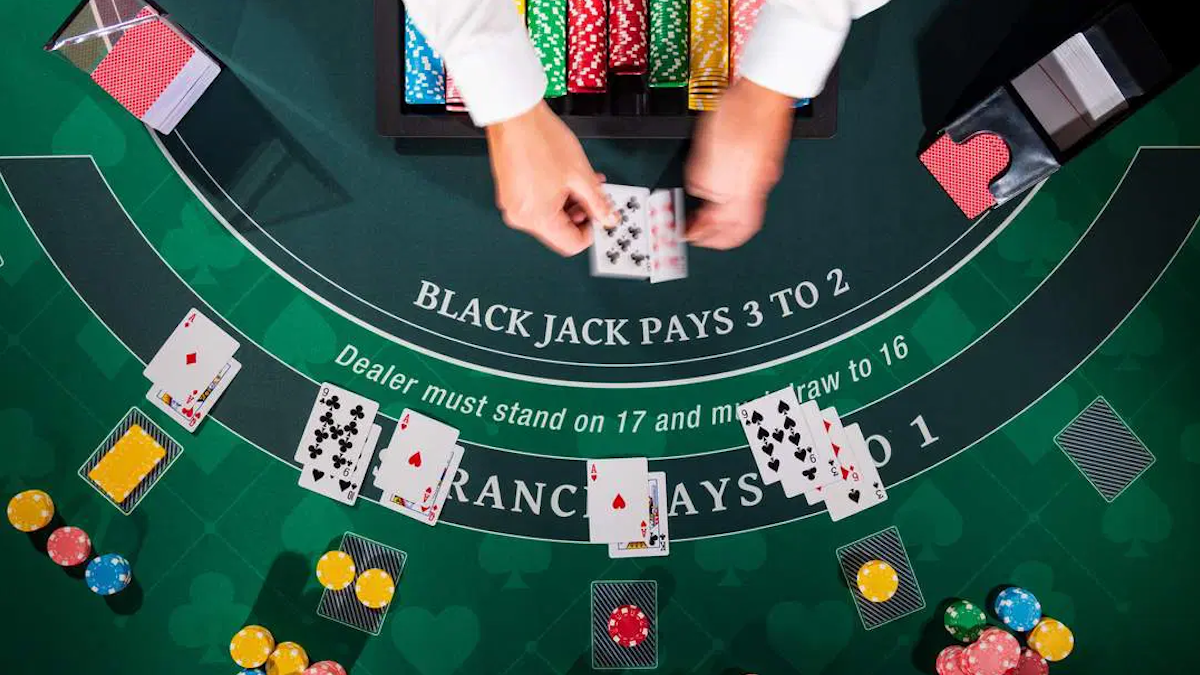Keno stands as one of the most mathematically fascinating games in the casino, combining simple gameplay with complex probability calculations. Understanding the mathematics behind this ancient lottery-style game reveals why it remains both popular with players and profitable for operators across different variations and betting structures.
What is Keno and How Does It Work Mathematically?
Keno operates on a straightforward premise: players select numbers from a pool (typically 1-80), and the house draws a predetermined number of winning numbers (usually 20). The mathematical foundation rests on combinatorial probability—calculating the likelihood of matching various quantities of numbers from your selection.
The core mathematical formula uses combinations, expressed as C(n,r) = n! / (r!(n-r)!), where n represents the total numbers available and r represents the numbers chosen. For standard 20/80 keno (20 numbers drawn from 80), the total possible combinations equal approximately 3.5 quintillion—a number so vast it ensures true randomness in outcomes.
The probability of any specific number being drawn remains constant at 25% (20 winning numbers from 80 total). However, the probability of achieving specific match patterns varies dramatically based on how many numbers you’ve selected and the payout structure offered.
How Do Different Keno Variations Affect the Mathematics?
Traditional keno comes in several mathematical variations, each significantly impacting the house edge and player returns:
Standard 20/80 Keno represents the most common variation, where 20 numbers are drawn from 80 possibilities. The mathematics here provide a baseline for comparison with other variants.
Power Keno multiplies winnings when the 20th number drawn matches one of your selections. This variation doesn’t change the underlying probability mathematics but alters the expected value calculations by introducing variable multipliers.
Super Keno triggers bonuses when your first number drawn matches a selection. The mathematical impact involves conditional probability calculations, as the bonus depends on the sequence of draws rather than just final matches.
Caveman Keno adds complexity by introducing “eggs” (additional numbers) that can multiply winnings. The mathematics become more intricate as players must calculate probabilities across multiple number sets simultaneously.
What are the House Edges Across Different Keno Bet Types?
The house edge in keno varies dramatically based on the number of spots played and the specific pay table offered. Understanding these variations is crucial for informed play:
One-Spot Games typically carry house edges between 25-30%. The mathematics are straightforward: you either match your single number (25% probability) or you don’t (75% probability).
Two-Spot Games generally offer house edges between 25-35%. The probability of matching both numbers equals approximately 6%, whilst matching one occurs roughly 38% of the time.
Five-Spot Games present house edges typically ranging from 25-40%. The probability of matching all five numbers drops to approximately 0.08%, though partial matches provide more frequent smaller returns.
Ten-Spot Games often feature house edges between 25-50%. Matching all ten numbers occurs roughly once in 8.9 million games, making it one of the longest odds in the casino.
Twenty-Spot Games can carry house edges exceeding 60% in some venues. The astronomical odds of matching 20 from 20 (approximately 1 in 3.5 quintillion) make this effectively impossible, though partial match payouts provide the game’s appeal.
Why Do House Edges Vary So Significantly Between Venues?
Unlike games with standardised rules, keno allows operators considerable flexibility in setting pay tables, creating dramatic variations in house edges for identical spot selections. This mathematical freedom stems from keno’s lottery origins rather than traditional casino game structures.
Pay Table Variations represent the primary factor affecting house edges. Two casinos offering five-spot keno might have house edges differing by 10-15% purely based on payout structures. Operators adjust these tables based on competition, player preferences, and profit requirements.
Minimum Bet Requirements also affect the mathematical relationship between cost and expected return. Higher minimum bets often correlate with more favourable pay tables, improving the house edge for players willing to risk larger amounts per game.
Progressive Jackpots introduce additional mathematical complexity. Progressive pools increase the theoretical return to player percentages, but only for the top prize tier. Lower-tier payouts remain unchanged, creating a mathematical situation where the overall house edge improves only marginally despite potentially massive top prizes.
How Do Combination Tickets Change the Mathematical Landscape?
Combination tickets allow players to group numbers into different combinations, creating multiple bets within a single ticket. This approach significantly complicates the mathematical analysis whilst potentially improving overall returns.
Way Tickets enable players to combine groups of numbers into multiple smaller bets. For example, selecting six numbers in two groups of three creates three separate three-spot bets. The mathematics require calculating probabilities and payouts for each resulting combination independently.
King Tickets designate certain numbers as “kings” that combine with other groups. If you select one king number and two groups of three, you create multiple bet combinations: the original two three-spot bets plus two four-spot bets (each three-spot group combined with the king). The mathematical complexity increases exponentially with additional kings and groups.
Combination Strategy Mathematics reveal that whilst combination tickets don’t improve the fundamental probabilities, they can provide better volatility management. Spreading risk across multiple smaller bets often produces more consistent results than placing equivalent amounts on single large-spot tickets.
What Role Does Variance Play in Keno Mathematics?
Keno exhibits extremely high variance compared to other casino games, meaning actual results can deviate significantly from mathematical expectations over short periods. Understanding this variance is crucial for both players and operators.
Short-Term Volatility in keno can produce dramatic swings. A player might experience hundreds of games without significant wins, followed by a large payout that brings results closer to mathematical expectations. This volatility stems from the low probability of achieving top-tier matches combined with substantial payout ratios.
Long-Term Convergence towards mathematical expectations occurs much more slowly in keno than in games like blackjack or roulette. The high variance means players need thousands of games before results closely approximate theoretical returns.
Bankroll Requirements for sustained keno play must account for this high variance. Mathematical analysis suggests that players should maintain bankrolls capable of withstanding extended losing streaks, as the probability of lengthy periods without significant wins is substantial.
How Do Online Keno Mathematics Compare to Traditional Versions?
Digital keno platforms have introduced mathematical variations that wouldn’t be practical in traditional paper-based games, though the core probability principles remain unchanged.
Faster Game Cycles in online keno don’t alter the underlying mathematics but compress the time frame for variance to manifest. Players experience the same mathematical expectations but encounter results more quickly, potentially leading to faster bankroll depletion.
Bonus Features common in online versions introduce additional mathematical layers. Features like multipliers, bonus balls, or progressive elements require separate probability calculations while maintaining the base game’s mathematical structure.
Random Number Generation in digital keno relies on certified algorithms rather than physical ball draws. Whilst this doesn’t change the mathematical probabilities, it ensures perfect randomness that physical systems might not achieve due to equipment wear or environmental factors.
What Should Players Understand About Keno Mathematics?
The mathematical reality of keno reveals a game with some of the highest house edges in the casino, yet its lottery-like appeal continues to attract players seeking large payouts from small wagers.
Realistic Expectations based on mathematical analysis suggest that keno should be approached as entertainment rather than as a serious gambling strategy. The high house edges make long-term profit mathematically unlikely for players.
Optimal Play Strategies from a mathematical perspective focus on finding venues with the most favourable pay tables rather than attempting to predict number patterns. Since each draw is independent, previous results have no mathematical bearing on future outcomes.
Bankroll Management becomes particularly crucial in keno due to the high variance and house edge combination. Mathematical analysis suggests that players should only risk amounts they can afford to lose entirely, as the probability of long-term profit remains extremely low regardless of strategy employed.
The mathematics behind keno reveal a game that’s simultaneously simple in concept and complex in execution, offering insights into probability theory whilst providing entertainment value that transcends pure mathematical considerations.


